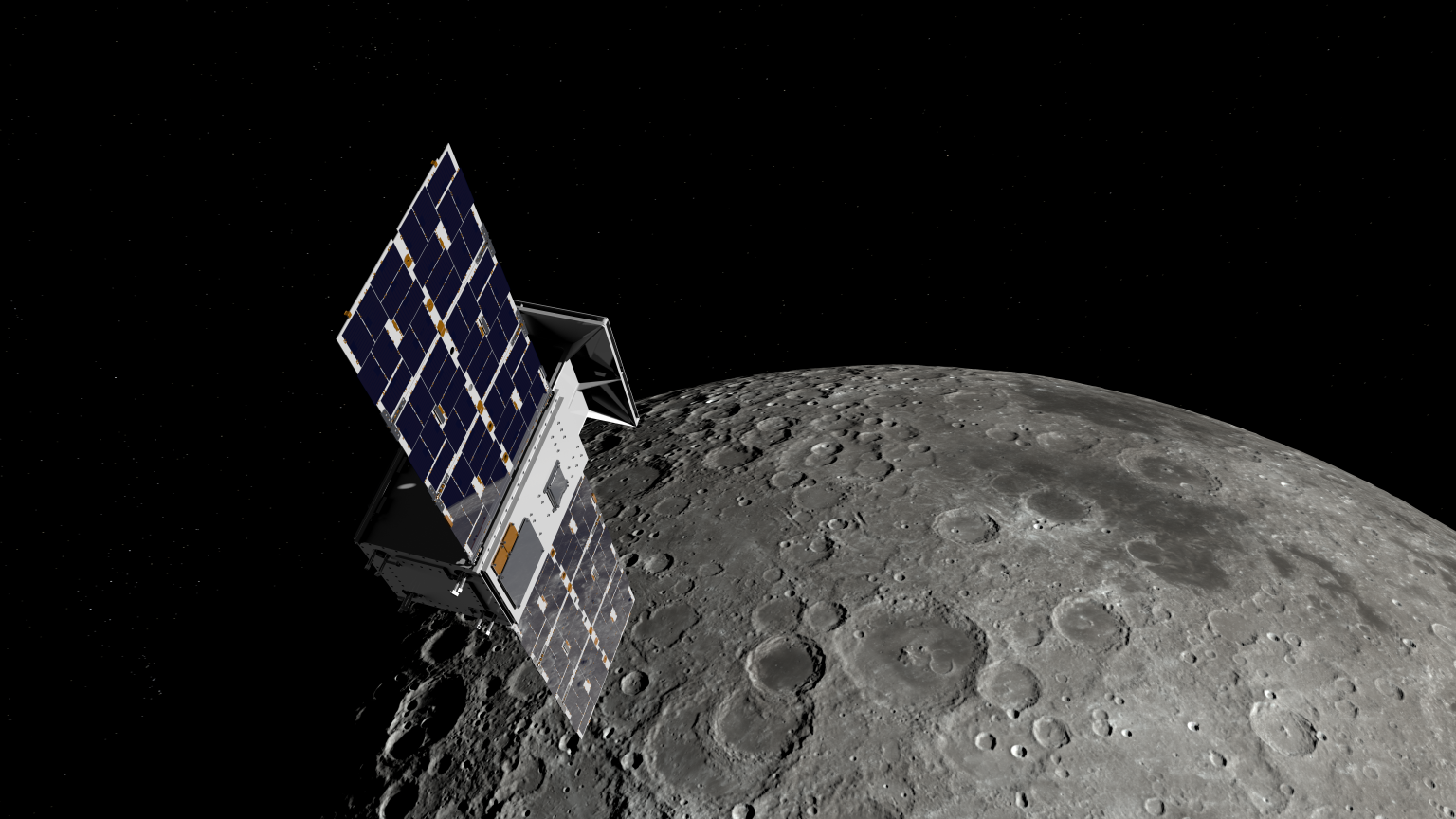CubeSat Proximity Operations Demonstration (CPOD)
Update, June 23, 2023: The CubeSat Proximity Operations Demonstration (CPOD) mission has ended after the spacecraft’s fuel was depleted. The mission was unable to demonstrate rendezvous, proximity operations and docking (RPOD) maneuvers as planned. Multiple rendezvous attempts brought the CPOD spacecraft from hundreds of miles to within a few hundred yards of one another, but the CPOD mission was unable to complete the full planned set of maneuvers due to challenges with the system-level guidance, navigation, and control systems, which ultimately led to the depletion of all fuel before final docking could be completed.
High-risk, high-reward technology demonstrations like CPOD inform future mission planning and provide critical lessons learned to build upon for further technology development. Though the mission did not complete the planned maneuvers, the CPOD team was able to confirm the robustness of the RPOD algorithm and the viability of the RPOD strategy. The team also generated significant lessons learned related to the system and hardware performance.
Following the mission’s conclusion, both of the 3U-sized CPOD spacecraft have been decommissioned and will safely burn up in Earth’s atmosphere.
In-Orbit Demonstration of Rendezvous, Proximity Operations and Docking of Two 3U CubeSats
The CPOD project will demonstrate RPOD using two 3-unit (3U) CubeSats. Each CubeSat is a satellite with the dimensions 4 inches x 4 inches x 13 inches (10 centimeters x 10 centimeters x 33 centimeters) and weighing approximately 11 pounds (5 kilograms). This flight demonstration will validate and characterize many new miniature low-power proximity operations technologies applicable to future missions. This mission will advance technologies for nanosatellite attitude determination, navigation and control systems, in addition to demonstrating relative navigation capabilities.
CPOD will demonstrate the ability of the two spacecraft to remain at determined points relative to each other, which is known as relative station keeping. CPOD will also demonstrate precision circumnavigation and docking. Docking will employ the use of a novel universal docking device, imaging sensors, and a multi-thruster cold gas propulsion system.
Many of the proximity operations test scenarios will be performed autonomously using high-performance, on-board processors and flight software. The satellite design leverages existing and next-generation, high performance systems, including sensors and flight software for guidance, navigation and control. The CPOD satellites have 3-axis attitude determination and control and large power charging capacity and storage. The system also contains a half-duplex (one-way communication) ultra high frequency (UHF) communications system with a high-speed, S-band downlink for payload data transfer.
The two satellites will be deployed into orbit together and will initially undergo a series of checkout steps to ensure proper operation and maneuvering capability. Once the initial checkout is complete, the two spacecraft will separate and continue checkout to then begin the proximity operations. The space-to-ground data link from each satellite will enable transmission of images of the other satellite. The two spacecraft will use an inter-satellite link to share GPS and other data.
Using on-board navigation systems, one satellite will perform a series of circumnavigation maneuvers relative to the second satellite in order to validate and characterize performance of the new miniature sensors. After the sensors have been characterized, the chaser satellite will begin closing the distance to the first satellite during a series of planned maneuvers. Finally, when they have reached a close relative range, they will conduct the last portion of the mission by engaging the docking mechanism and performing a full docking of the two spacecraft.
This mission opens a new frontier for exploration and operations with small spacecraft. The maturation of these capabilities will enable new applications for small spacecraft to explore asteroids, planets, moons, and to inspect other spacecraft. In addition, the CPOD mission enhances the capability of small spacecraft to work in coordination with one another for observations or to become in space building blocks for more sophisticated systems.
Fast Facts:
- The entire sequence of rendezvous, proximity operations, and docking (RPOD) of CPOD’s two 3U CubeSats will mark the first occurrence of this operation between 3U CubeSats in orbit.
- The RPOD operational sequence will be performed autonomously, without control from the ground.
- CPOD’s propulsion system occupies the center section of each 3U spacecraft. A total of eight thrusters per spacecraft allow the precise maneuvering required for the RPOD sequence.
- The CPOD mission launched on May 25, 2022 from Cape Canaveral Space Force Station in Florida aboard a Falcon 9 rocket as part of SpaceX’s Transporter-5 mission.
Partners:
- NASA’s Small Spacecraft Technology program based at NASA’s Ames Research Center in Silicon Valley and within the Space Technology Mission Directorate manages and funds the CPOD mission.
- Terran Orbital Corporation of Irvine, California leads and operates the CPOD mission.
- VACCO Industries of El Monte, California, built CPOD’s propulsion system.
Learn More:
- NASA, Partner to Demonstrate First-Time In-Orbit Docking of Two CubeSats
- What are SmallSats and CubeSats?
For Researchers:
- TechPort Project Summary for NASA’s CPOD technology demonstration.
- Investigators interested in funding opportunities with the SST program should visit the program’s website.
For News Media:
Members of the news media interested in covering this topic should reach out to the NASA Ames newsroom.
For more information about the SST, visit:
For more information about CPOD, please contact:
Roger C. Hunter
Small Spacecraft Technology Program Manager
Space Technology Mission Directorate
NASA Ames Research Center
Roger.C.Hunter@nasa.gov
Christopher E. Baker
Small Spacecraft Technology Program Executive
Space Technology Mission Directorate
NASA Headquarters
Christopher.E.Baker@nasa.gov































